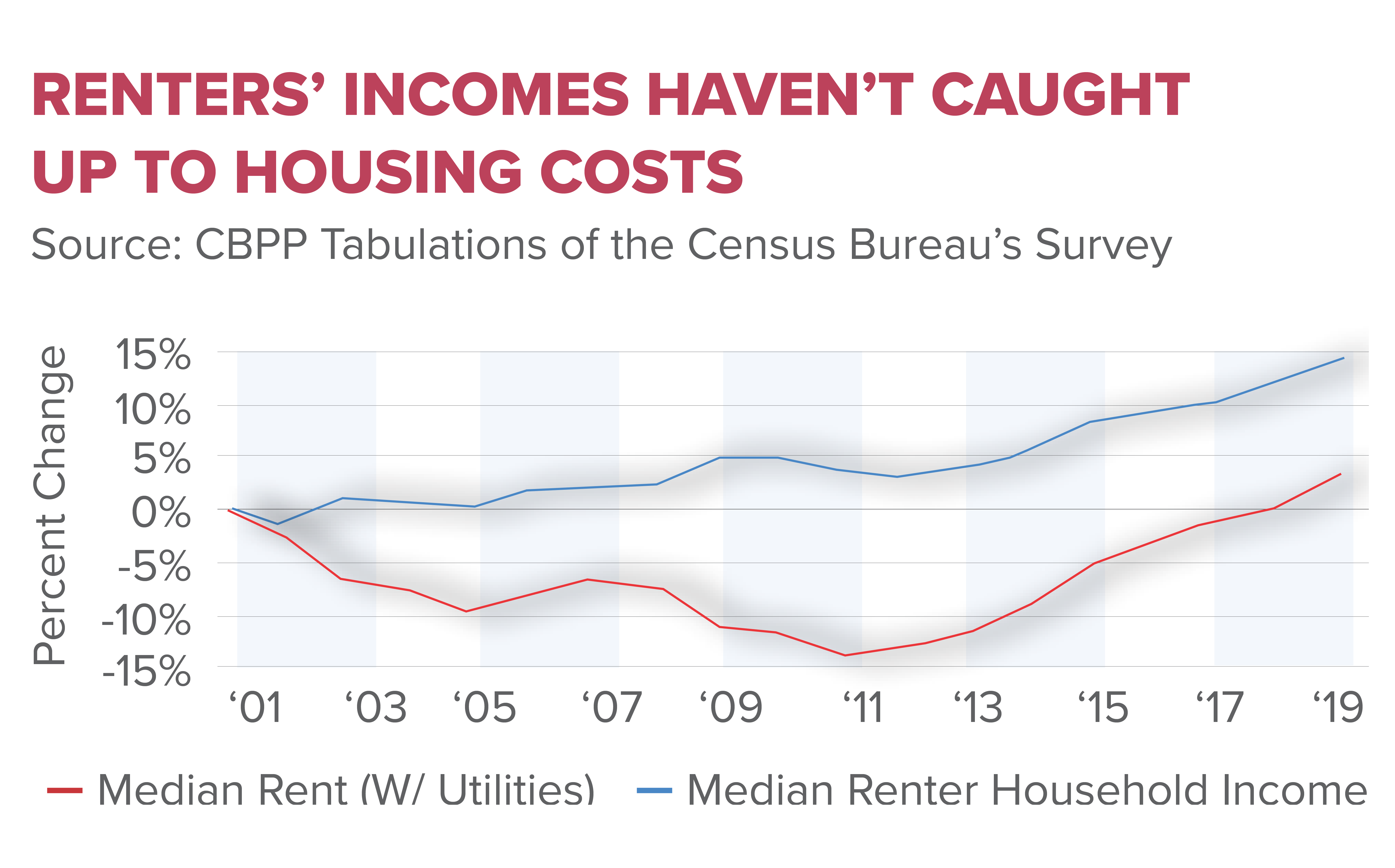The housing affordability crisis is an urgent issue that continues to affect millions of Americans, as the dream of homeownership slips further away for many. Over the last few decades, the housing market has faced soaring costs, compounded by labor shortages and skyrocketing material prices. Yet, a lesser-known factor also plays a critical role: NIMBY policies, which often inhibit new construction projects and stifle innovation within the industry. Alongside land-use regulations, these policies have dramatically curtailed construction productivity, limiting the supply of affordable homes. With homeownership challenges becoming increasingly prevalent, addressing these regulatory barriers is essential for creating sustainable solutions in the housing sector.
The ongoing crisis in housing affordability has sparked significant debate among policymakers and economists alike, often referred to as the obstacle to accessible living solutions. In the realm of urban planning, obstacles stemming from local land-use regulations and NIMBY sentiments have severely stunted construction innovation and increased project costs. As communities grapple with the implications of these policies, the struggles of many prospective homeowners become evident, revealing a complex web of economic pressures. Understanding the dynamics at play in the housing market is critical for formulating effective strategies to overcome the challenges that prevent individuals from attaining stable and reasonably priced housing.
Understanding the Housing Affordability Crisis
The housing affordability crisis in the United States has reached alarming levels, pushing homeownership out of reach for a significant portion of the population. Factors such as inflated prices, rising interest rates, and stagnant wages contribute to this pressing issue. As a result, many families are forced to either remain in substandard living conditions or seek housing options in less desirable areas further from their workplaces. This crisis is amplified by stringent land-use regulations that limit the construction of new homes, ultimately contributing to a scarcity of available properties in urban centers.
While increasing labor and material costs are oft-cited reasons for the soaring prices of new single-family homes, research indicates that the rigid policies surrounding land-use are equally detrimental. By preventing efficient and large-scale housing developments, these regulations stifle construction productivity, delay project approvals, and inflate costs associated with homebuilding. Consequently, innovative solutions to expand housing availability remain unrealized, compounding the challenges faced by potential homeowners.
Frequently Asked Questions
How do NIMBY policies contribute to the housing affordability crisis?
NIMBY (Not In My Backyard) policies create significant land-use regulations that restrict housing development, leading to reduced construction productivity. These policies often demand that each housing project meet multiple local criteria, slowing down the building process and increasing costs. Consequently, the limitations imposed by NIMBYism drive up housing prices, exacerbating the housing affordability crisis for many families.
What impact do land-use regulations have on the housing market?
Land-use regulations can significantly hinder the housing market by limiting the size and scope of construction projects. Overly restrictive regulations contribute to a decrease in construction productivity, making it difficult for builders to produce homes at scale. This translates to higher costs for new homes, which further aggravates the housing affordability crisis for potential homeowners.
How does construction productivity affect housing affordability?
Construction productivity is crucial for keeping housing costs manageable. When productivity declines, as seen in the past few decades due to strict land-use regulations and NIMBY policies, the cost of building homes rises. This escalation in construction costs makes homeownership increasingly unattainable for average Americans, playing a central role in the ongoing housing affordability crisis.
What are the homeownership challenges related to the housing affordability crisis?
The housing affordability crisis has led to significant homeownership challenges, primarily due to skyrocketing home prices driven by high construction costs and limited housing supply. Many potential buyers find themselves unable to enter the housing market, often due to NIMBYism limiting new developments and resulting in a concentration of existing housing wealth among older generations.
In what ways can construction productivity be improved to address housing affordability?
Improving construction productivity requires relaxing some land-use regulations that currently stifle large-scale building projects. Encouraging mass production techniques and reducing bureaucratic hurdles can enhance efficiency in the construction sector. By fostering an environment where builders can efficiently create affordable housing, we can alleviate some of the pressures contributing to the housing affordability crisis.
| Key Point | Details |
|---|---|
| Rising Home Prices | The price of new single-family homes has more than doubled since 1960. |
| Impact of Land-Use Policies | Tight land-use regulations, often driven by NIMBY sentiments, hinder productive building and innovation in housing. |
| Decline in Productivity | U.S. construction productivity has fallen by 40% between 1970 and 2000, despite overall economic growth. |
| Smaller Builders, Less Innovation | Smaller construction firms produce fewer units, leading to less focus on cost-saving innovations. |
| Historical Context | The housing construction sector was highly productive from 1935 to 1970; this changed due to increasing regulations post-1970. |
| Intergenerational Wealth Transfer | Younger earners have seen a drastic drop in housing wealth compared to older generations. |
Summary
The housing affordability crisis is a significant issue facing the United States today, marked by skyrocketing home prices that have become unattainable for many Americans. This crisis has been exacerbated by stricter land-use regulations, which inhibit the construction of affordable housing and reduce productivity in the sector. As the gap between housing costs and income levels continues to widen, the current situation reflects a concerning trend of stagnation in construction innovation and productivity—issues that must be addressed to restore affordability and accessibility in the housing market.
